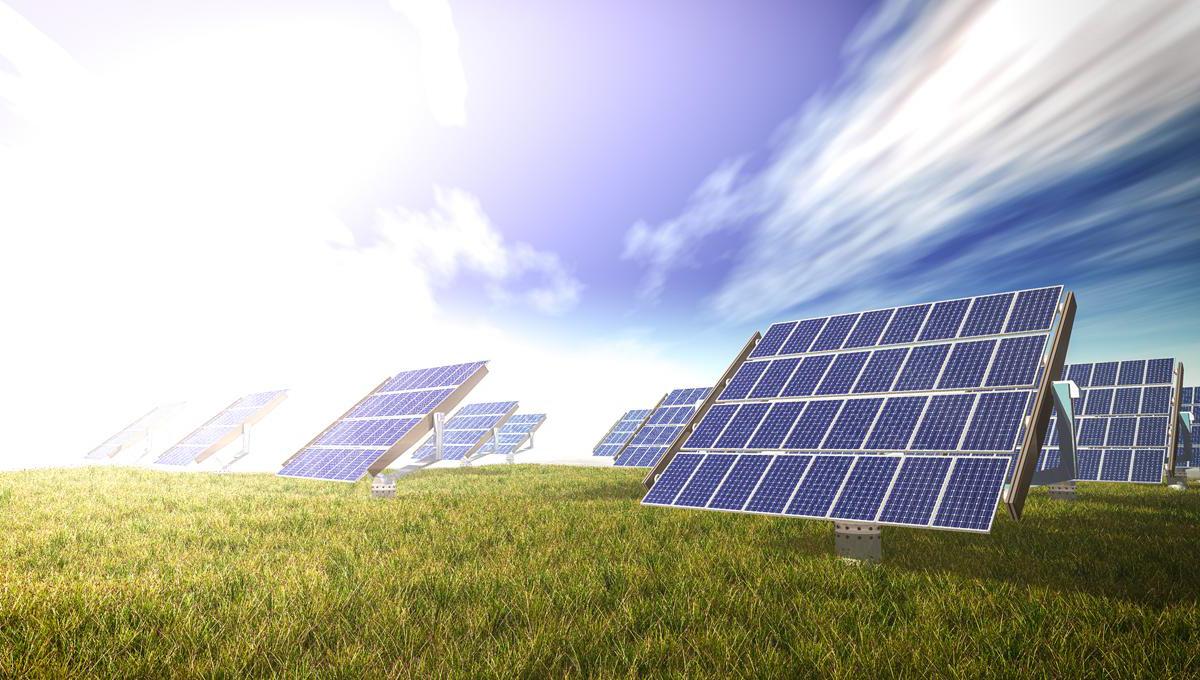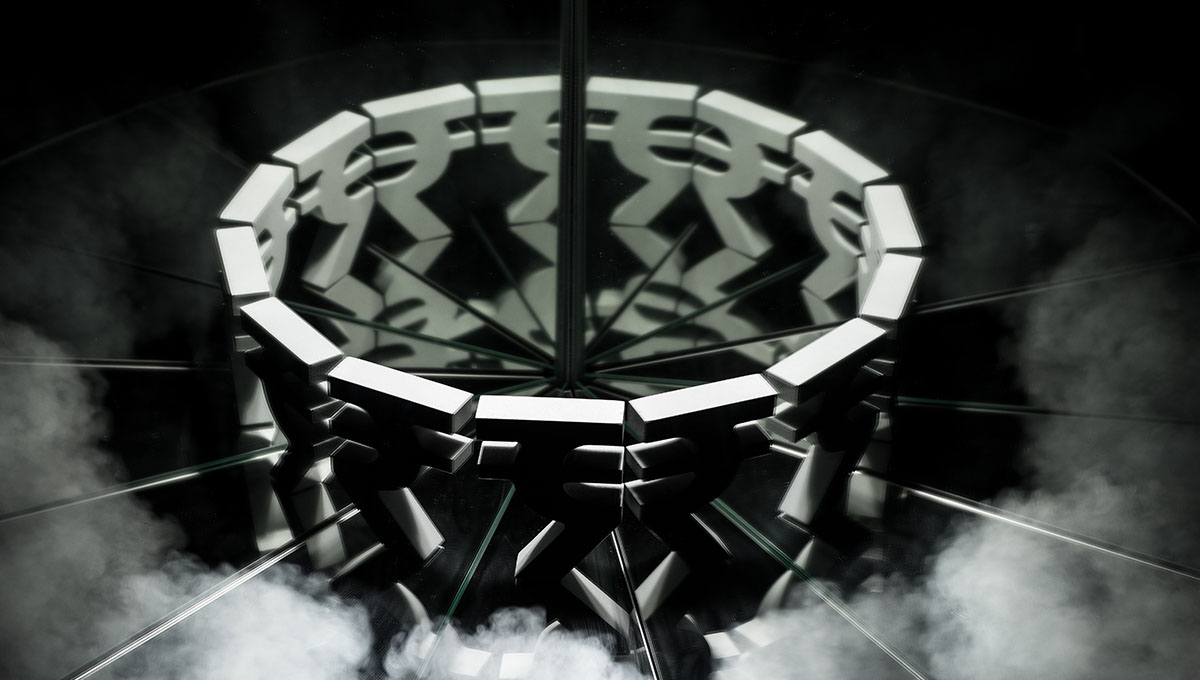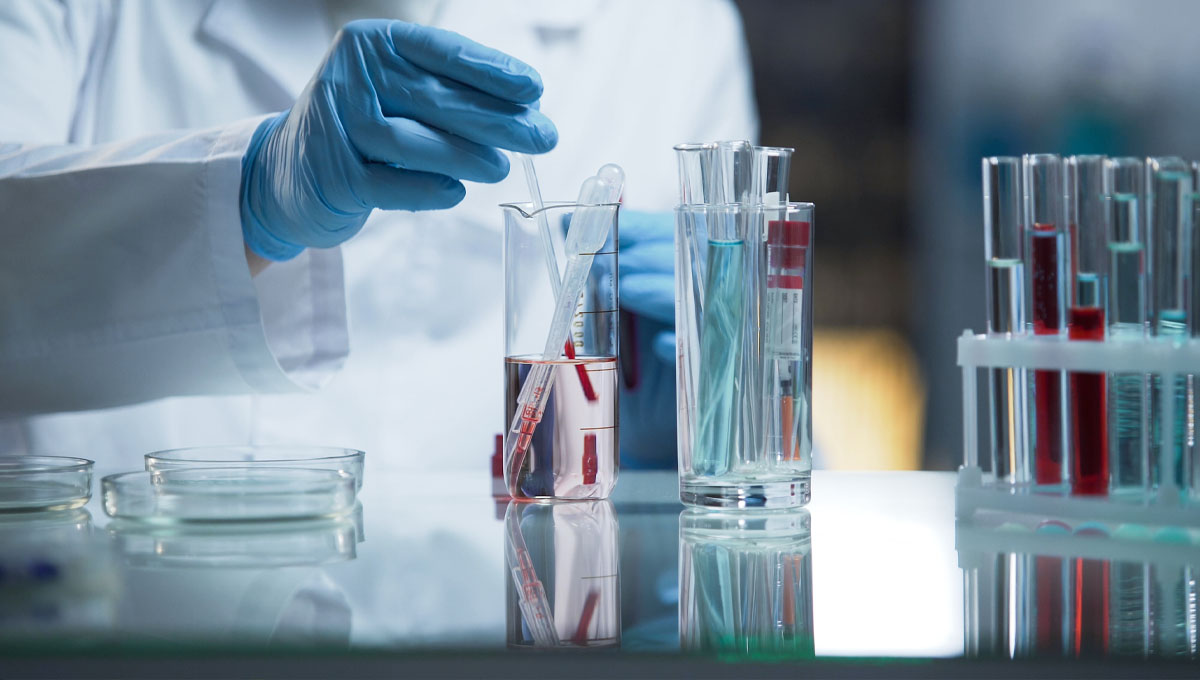Please click here to download the Prism as PDF.
Strategic Interventions for Green Hydrogen Transition Programme – Component I: Incentive Scheme for Electrolyser Manufacturing and Component II: Incentive Scheme for Green Hydrogen Production
Introduction
On June 28, 2023, the Ministry of New and Renewable Energy (“MNRE”) issued the “Strategic Interventions for Green Hydrogen Transition Programme – Component I: Incentive Scheme for Electrolyser Manufacturing” (“SIGHT Component I”) and the “Strategic Interventions for Green Hydrogen Transition (SIGHT) Programme – Component II: Incentive Scheme for Green Hydrogen Production (Under Mode 1) (“SIGHT Component II”). Both the schemes, i.e. SIGHT Component I and SIGHT Component II, have been issued under the National Green Hydrogen Mission for the period FY 2025-26 to FY 2029-30 with a total outlay of INR 4,440,00,00,000 (Indian Rupees four thousand four hundred forty crore) and INR 13,050,00,00,000 (Indian Rupees thirteen thousand fity crore) respectively. The incentives are designed to promote cost-cutting, technical development, and speedy scale-up of green hydrogen production. The implementation agency for both these schemes will be Solar Energy Corporation of India Limited (“SECI”).
SIGHT Component I
Objective
SIGHT Component I has been issued with the objective of (a) maximizing the indigenous electrolyser manufacturing capacity; (b) achieving lower levelized cost of hydrogen production; (c) ensuring globally competitive performance and quality of products; (d) progressively enhancing domestic value addition; and (e) supporting established and promising technologies. Implementation Methodology
The scheme will be implemented through a transparent competitive selection process for the award of incentives.
Buckets to Encourage Indigenous Technologies
The capacity available for bidding under the first tranche of SIGHT Component I is 1500 (one thousand five hundred) MW. In order to promote indigenously developed electrolyser technologies, bids in the first tranche will be called for in 2 (two) separate buckets:
- Bucket 1 – Electrolyser manufacturing capacity based on any stack technology: 1200 (one thousand two hundred) MW.
- Bucket 2 – Electrolyser manufacturing capacity based on indigenously developed stack technology: 300 (three hundred) MW.
Under Bucket 1, the maximum capacity that can be allotted to a single bidder will be 300 (three hundred) MW. The minimum capacity that can be bid for must not be less than 100 (one hundred) MW.
Under Bucket 2, the maximum capacity that can be allotted to a single bidder will be 300 (three hundred) MW.
The maximum capacity that can be allotted to a single bidder is limited to 300 (three hundred) MW. Bidders who have been awarded the capacity in Bucket I will be considered for the indigenously developed stack technology for balance capacity only if capacity awarded in Bucket I is less than 300 (three hundred) MW.
Eligibility of Bidders
While the notification for SIGHT Component I provides for various eligibility criterion, one of the key criteria is that the electrolysers manufactured by the bidders must fulfil the following requirements:
- Specific energy consumption (“SEC”) to be equal to or less than 56 (fifty six) kWh per kg of hydrogen production. For this purpose, the SEC will be measured at 100% rated capacity at the stack level on DC side. The SEC values will need to be demonstrated at or prior to commissioning of the electrolyser as per the detailed procedure to be specified in the request for proposal.
- Guaranteed life of electrolyser to be at least 60,000 (sixty thousand) hrs.
- Minimum 40% Local Value Addition (as defined in the notification) during the first year of production for Alkaline electrolysers and minimum 30% for other technologies.
Incentives
- Incentives are to be provided in terms of INR/kW corresponding to the manufacturing capacity. Base incentive will start with INR 4,440 (four thousand four hundred forty)/kW in the first year and will gradually reduce on an annual basis. The incentives under this scheme will be provided for 5 (five) years from the date of commencement of manufacturing of electrolysers.
- The base incentive available in each year will be as provided below:
| Year of Sales | Year 1 | Year 2 | Year 3 | Year 4 | Year 5 |
| Base Incentive Available (INR/kW) | 4,440 | 3,700 | 2,960 | 2,220 | 1,480 |
- The quantum of electrolyser sales eligible for incentives would be the allocated capacity or net sales of electrolysers, whichever is lower.
- The incentive of each successful bidder for a particular year will be calculated as follows:
Incentive = Electrolyser sales volume x quoted base support rate x performance multiplier x domestic value addition.
Monitoring
A Scheme Monitoring Committee under the chairmanship of the Secretary, MNRE and comprising of representatives from MNRE, SECI and experts from other organizations, will periodically review the status of implementation/ performance of electrolyser manufacturing capacities awarded under the scheme.
SIGHT Component II
Objective
- SIGHT Component II has been issued with the objective to (i) maximize production of green hydrogen and its derivatives in India; (ii) enhance cost-competitiveness of green hydrogen and its derivatives vis-a-vis fossil-based alternatives; and (iii) encourage large scale utilization of green hydrogen and its derivatives. The Government has identified two modes for implementation of incentive schemes for green hydrogen production:
- Mode 1: Bidding on least incentive demanded over the three-year period, through a competitive selection process.
- Mode 2: The implementing agency will aggregate demand and will call for bids for procurement of green hydrogen and its derivatives at the lowest cost through a competitive selection process.
- SIGHT Component II seeks to implement this incentive scheme through Mode I.
Implementation Methodology
The scheme will be implemented through a transparent competitive selection process for award of incentives.
Buckets for Different Pathways
- The capacities for bidding during Tranche I, under different pathways are as under:
- Bucket I – Technology agnostic pathways: 4,10,000 (four lakh ten thousand) MT/annum of green hydrogen
- Bucket II – 40,000 (forty thousand) MT/annum of green hydrogen
- The capacity available for bidding under Tranche I of Mode I is 4,50,000 (four lakh fifty thousand) MT per annum of green hydrogen.
- Under “Technology Agnostic Pathways”, the maximum capacity that can be allotted to a single bidder will be 90,000 (ninety thousand) MT per annum. The minimum capacity that can be bid must not be less than 10,000 (ten thousand) MT per annum.
- Under “Biomass Based Pathways”, the maximum capacity that can be allotted to a single bidder will be 4,000 (four thousand) MT per annum. The minimum capacity that can be bid must not be less than 500 (five hundred) MT per annum.
- The maximum allocation to a single bidder under Tranche I will be 90,000 (ninety thousand) MT per annum.
Incentives
- A direct incentive in terms of INR/kg of green hydrogen production will be provided for a period of 3 (three) years from the date of commencement of green hydrogen production.
- The incentives will be capped at INR 50 (Indian Rupees fifty)/kg in the first year of production, INR 40 (Indian Rupees forty)/kg during the second year of production and INR 30 (Indian Rupees thirty /kg during the third year.
The incentive payout for successful bidders will be calculated as follows:
Incentive = Incentive quoted for that year in INR/kg x allocated capacity or actual production in the year, in kg, whichever is lower.
- Allocated capacity will remain constant over a period of 3 (three) years. Incentives must be disbursed to each successful bidder on an annual basis.
Monitoring
A Scheme Monitoring Committee under the chairmanship of the Secretary, MNRE and comprising of representatives from MNRE, SECI and experts from other organizations, will periodically review the status of implementation/ performance of electrolyser manufacturing capacities awarded/ set up under the scheme.
Analysis
The abovementioned incentive schemes have been announced considering India’s ambition to produce 5 (five) MT green hydrogen annually under the National Green Hydrogen Mission. These schemes are expected to fuel demand creation for green hydrogen and boost its production in the country. Given the significant capex required in this industry, it is essential to study and develop unique strategies to boost capex efficacy and operational efficiency within the sector including combining various state level fiscal benefits and tax optimization benefits during the initial capex planning phase. The introduction of these programmes is anticipated to significantly advance India’s green hydrogen ecosystem, which is now in its infancy. If carried out successfully and efficiently, it would go a long way towards laying a solid basis for the transition of India’s energy sector to renewable energy.
This Prism has been prepared by:
|
Vishnu Sudarsan |

Sugandha Somani Gopal |
Ayushi Chaudhary |
For more details, please contact [email protected]













